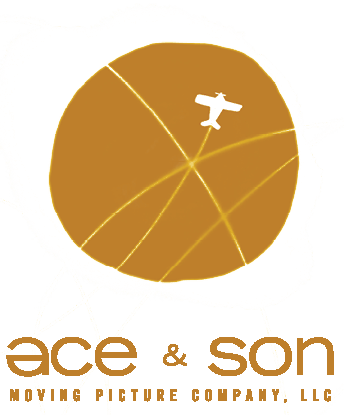Here's something we recently finished -sequences for a documentary by Lomax Boyd of the Howard Hughes Medical Institute published by the great Nautilus Magazine.
This is a good example of a simple design development process.
We had a couple graphic ideas that we liked. On one end, we felt the story called for resolute but fluid line work. Counterpoint to that, I love mid-century dinosaur art and felt that could be a rewarding inspiration.
This book of postcards is probably the best 25 cents I've ever spent
The difficulty, of course, is creating a reasonable visualization of pre-history (at a very specific place and era) within the parameters of a short documentary's production.
This is an early concept drawing.
The illustration style has to support the mood and concepts of the film, but is ultimately secondary to the narrative development of the sequences (generally speaking). The great trick in this was to demonstrate concrete things -like a mummified caribou (which is very hard to depict!) -while the narration touches on broad, semi-abstract ideas.
Mummified caribou
In science and educational animation the visuals usually need to match the spoken script. It's important to note that this isn't always the case in other genre. A fictional film or personal narrative is often illuminated when the picture plays differently from the script.
Scimitar Cat
Fortunately, Lomax, the director, has some great ideas and input to get the narrative aspects of the animation working.
Pleistocene Party!





